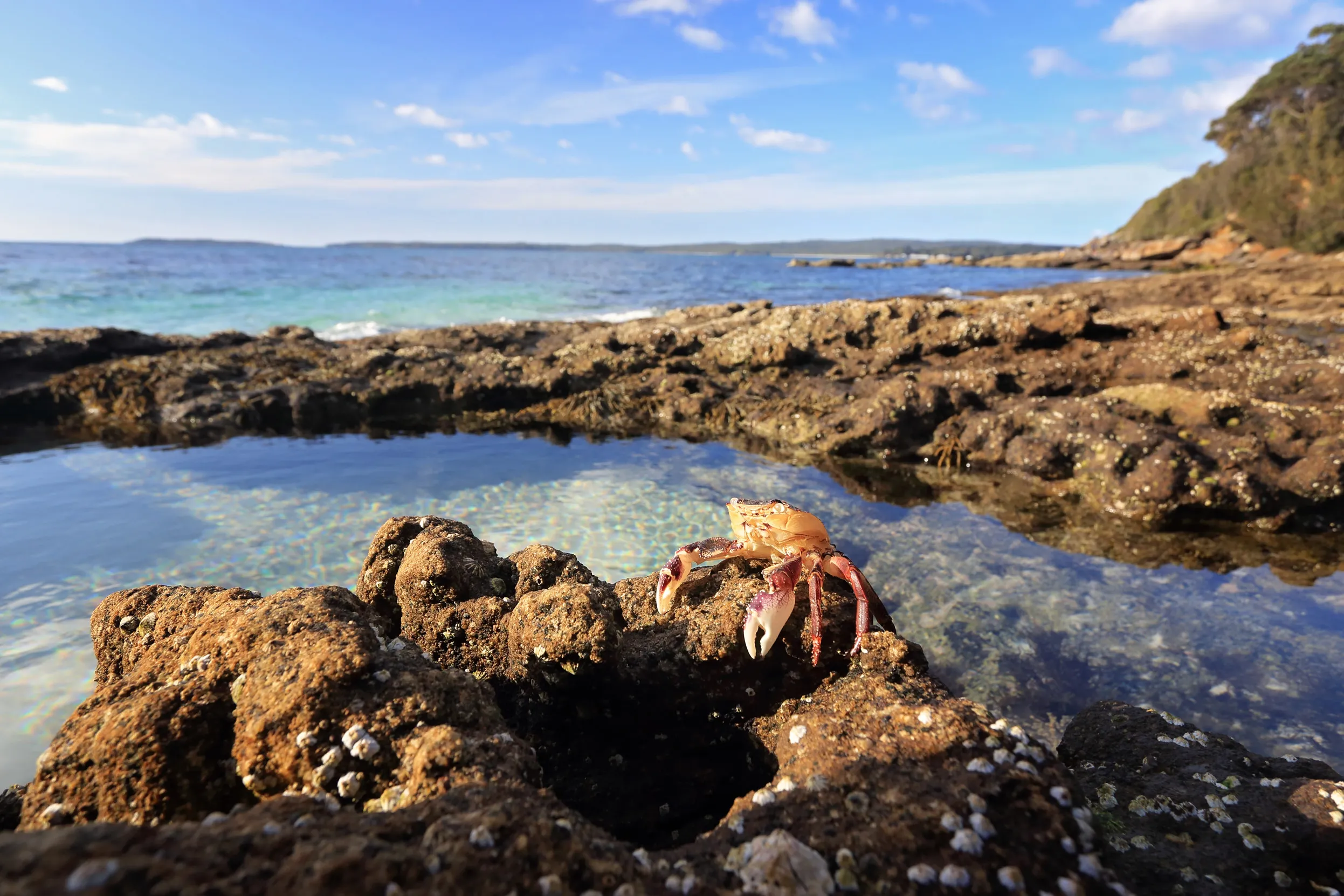Rockpooling
Let's explore rockpools! As the tide goes out, it leaves behind a world of amazing sea life, ready to be discovered.

This Experiencing Nature activity can be completed as part of Families Wild Challenge.
Instructions
Step one
Rockpool creatures are on the alert for things that want to eat them (like Oystercatchers). So approach carefully and try not to cast a shadow over the water.
If you have a bucket, an adult should fill it with water – preferably from a different place to where you're dipping otherwise you might scare everything away.
Place the bucket in a stable place near to the rockpool you are going to investigate. Be careful – rockpools can be deeper than they appear, and you need to beware of an incoming tide – you don’t want to be stranded.
Position yourself so you are kneeling, crouched or sitting in a stable and comfortable position, with your cup, ready for action.
Now wait quietly and study the water – can you spot any sudden or slow movements? There could be a shell moving along the bottom (it could be a hermit crab), or a small crab with pincers at the ready.
They are very fast, so you might not be able to catch them, but if you want to try – scoop them up quickly with your cup. Movement in the water is likely to make them hide away again, so watching without disturbing them may be the best way to get a good look.
You can pick up slower-moving things by hand, but be careful not to touch any anemones or jellyfish you find as they can sting.

Step two
Gently place the creature into the bucket to get a closer look. Use an ID sheet if you want to go into a little bit more detail.